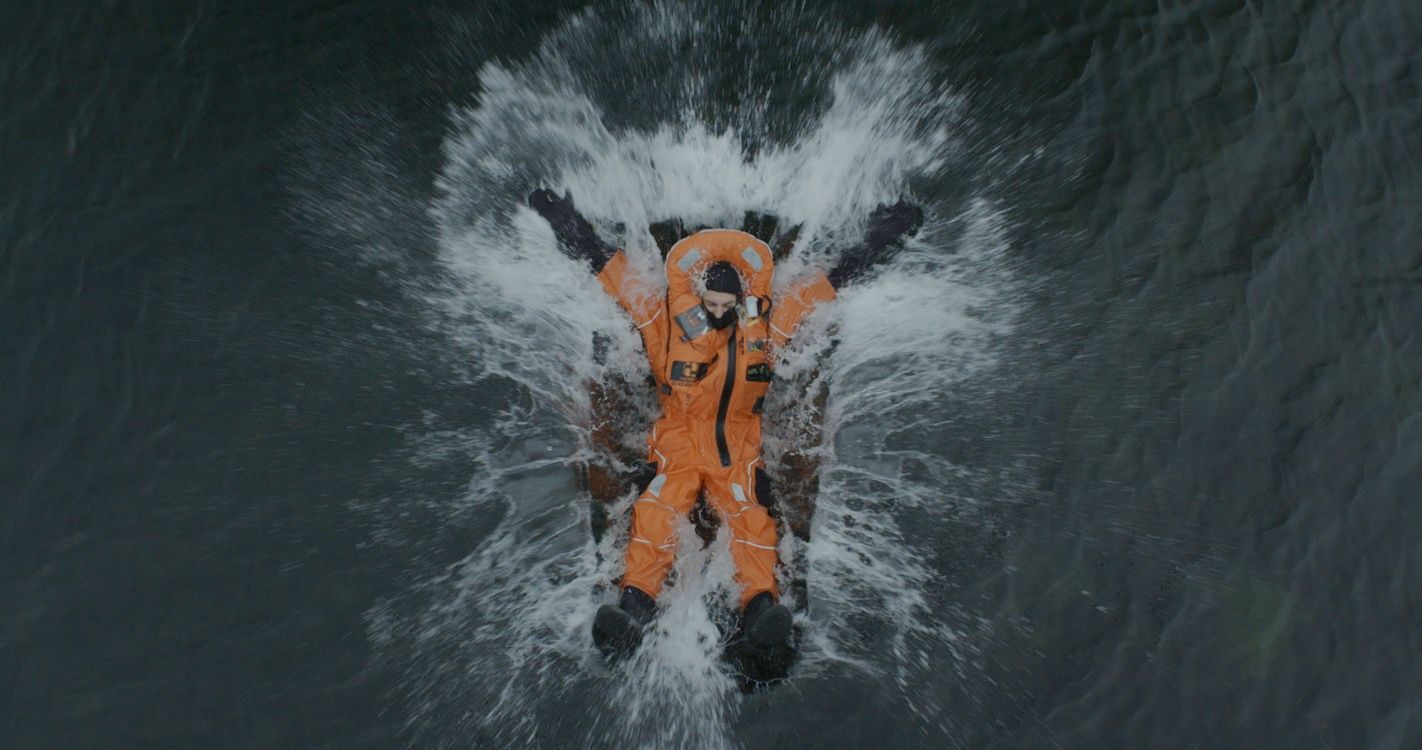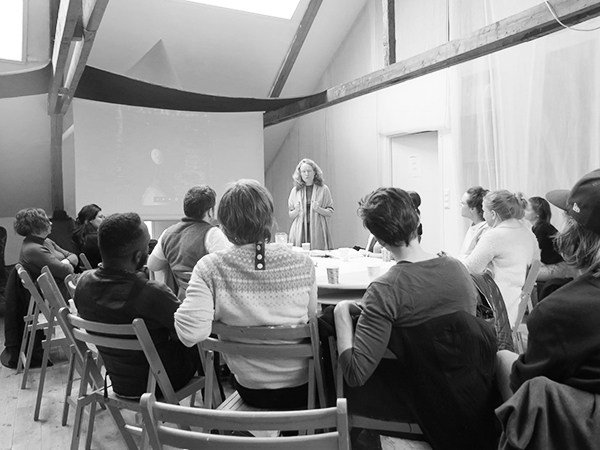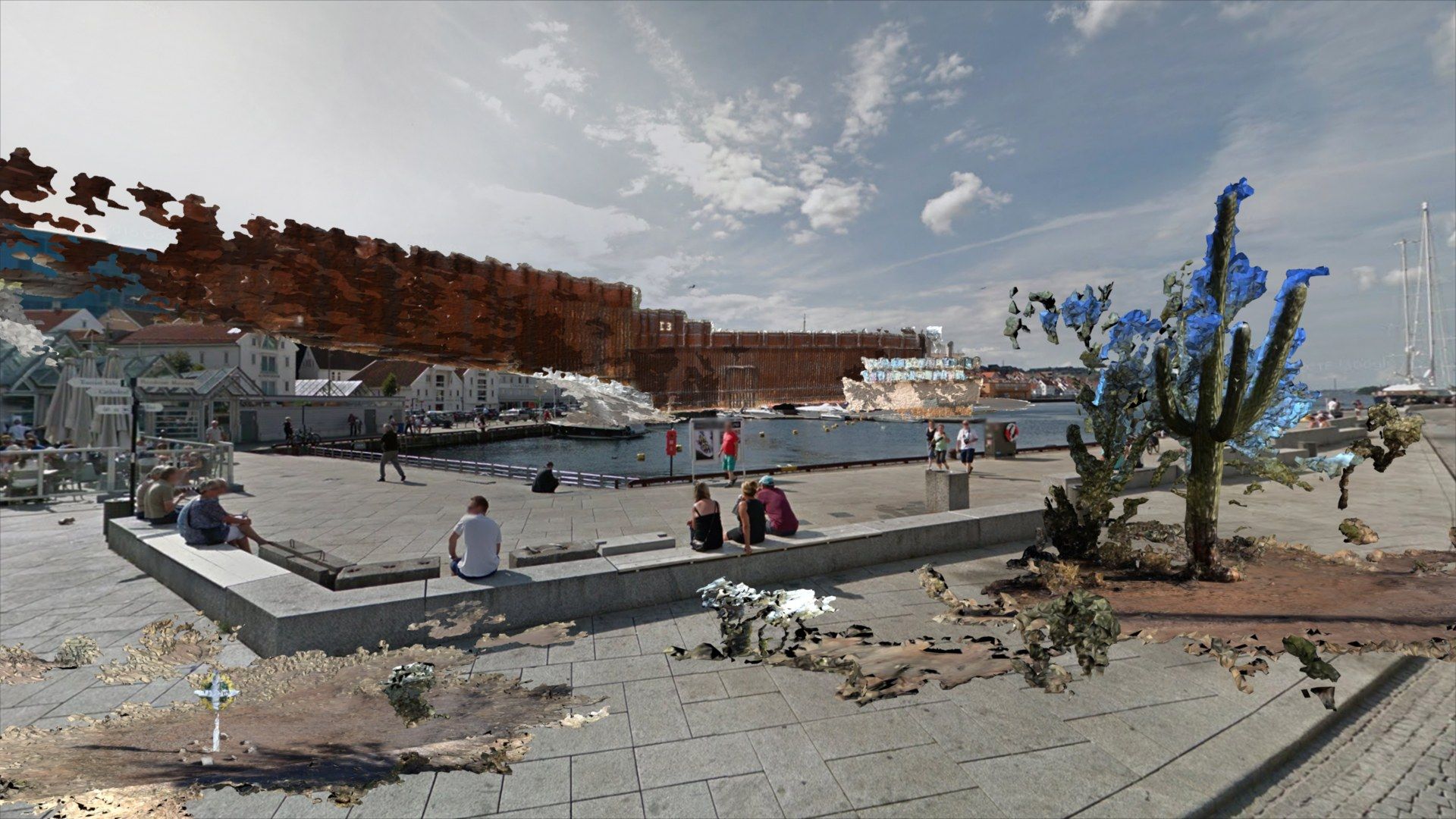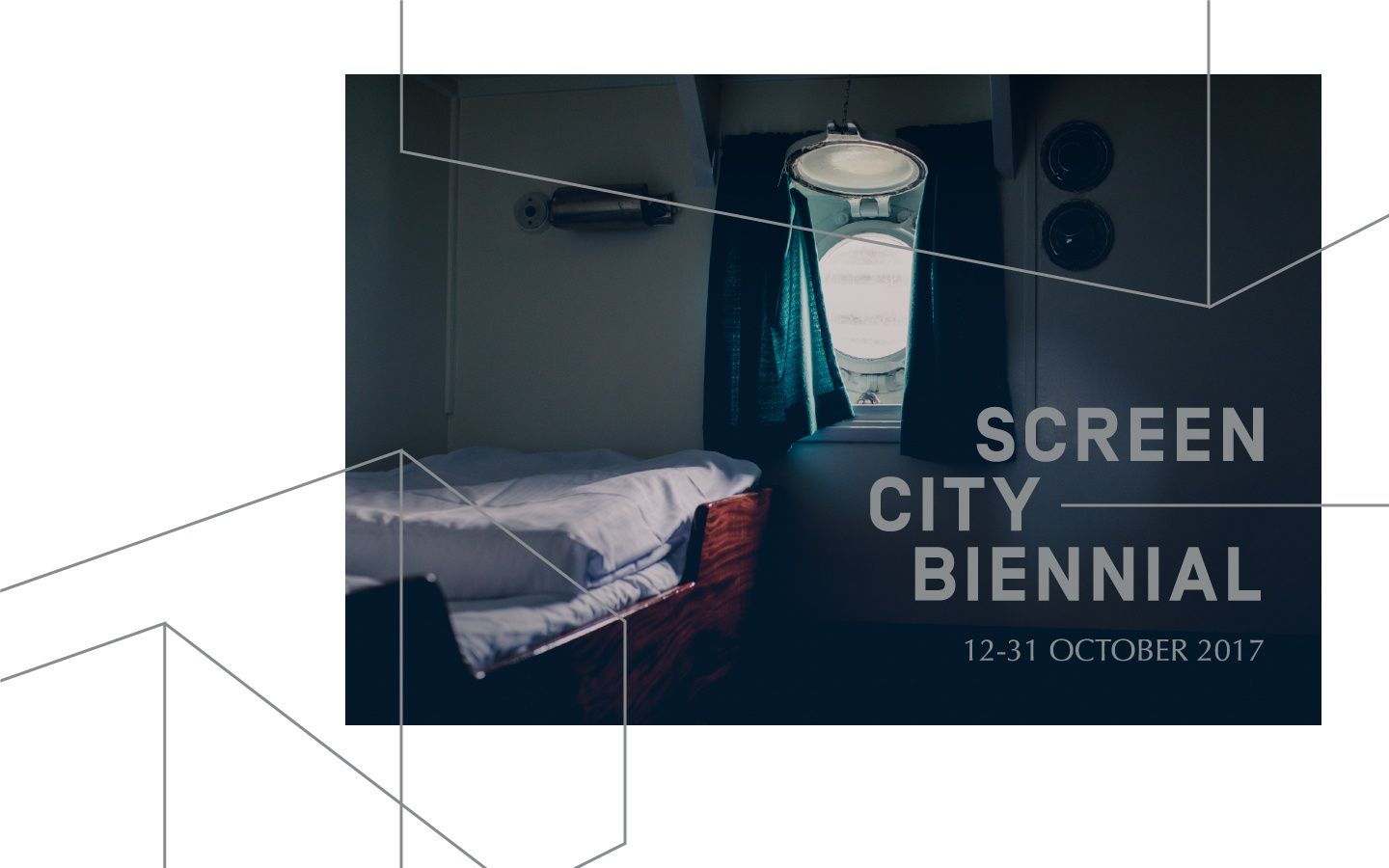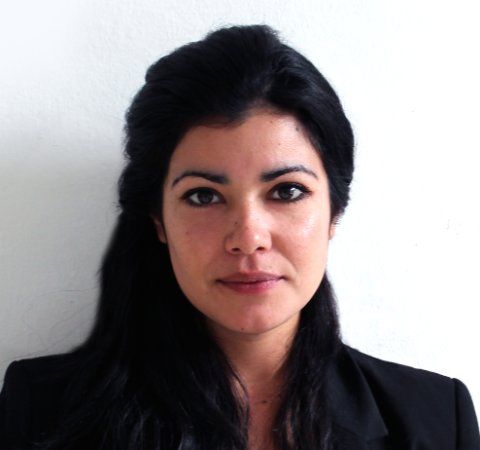After many years practicing and creating music I wanted a change, both in terms of genre and practice. I passed through the Art History journey, and ended up with an BA in Arts administration. This lead me to work with several cultural productions and festivals related to public art. I've always been drawn to public art and to the aesthetics of resistance. Maybe it was related to my early punk, and underground music days, but Street Art was a strong starting point and inspiration, (back then when you didn’t ask for permission to paint on walls), and also early, critical media art interventions in public space inspired my practice as mediator. It created a feeling of duty, and the importance of mediating ideas that where to independent for or neglected by the institutionalized art world. This also includes disciplinary genres like Bio Art. I was introduced to this interesting, and profound niche working as the producer of the Article Biennial arranged in Stavanger by iolab- centre for future arts. It was around this time I also discovered the urban screens movement, which was born from the idea of reclaiming the screens (an anti-advertisement line) and the exploration of (an expanded) moving image – new (interactive) technologies and architecture. This movement, lead by a Public Art Lab (Berlin) to Streaming Museum (New York), I believe represented a new avant-garde, and the contemporary digital culture, still coming in full speed towards us. Between 2009-2011, I developed the Public Art Screens project for iolab, bringing art screens to public space and to people`s everyday lives. …and this brings me to Screen City.


